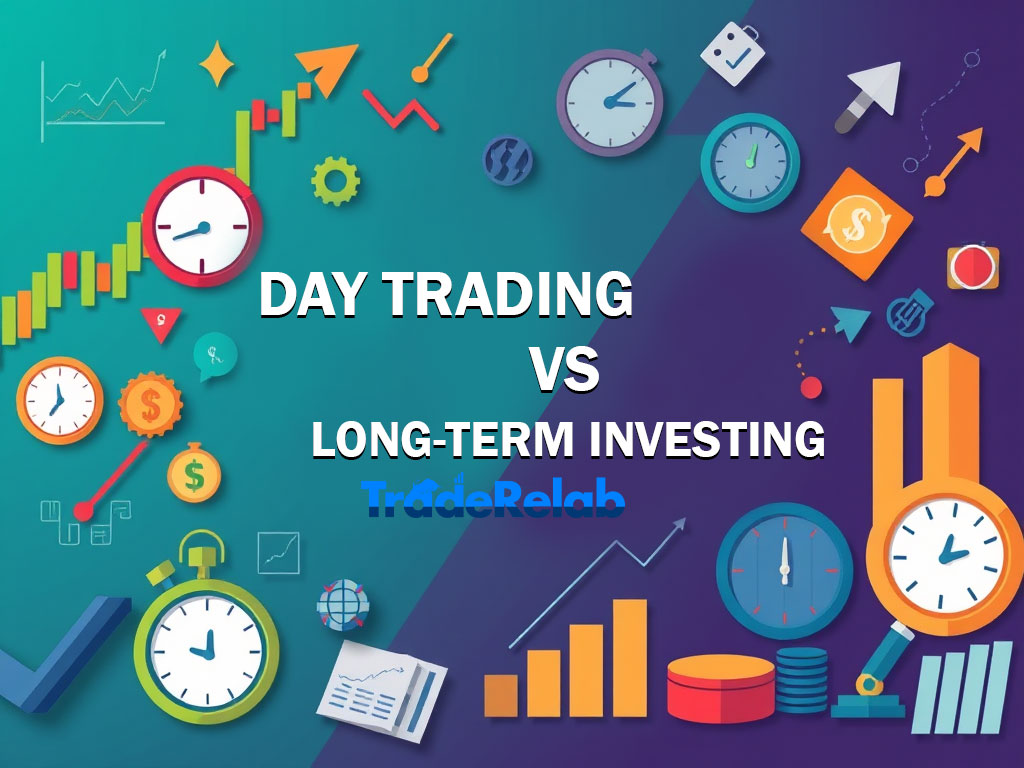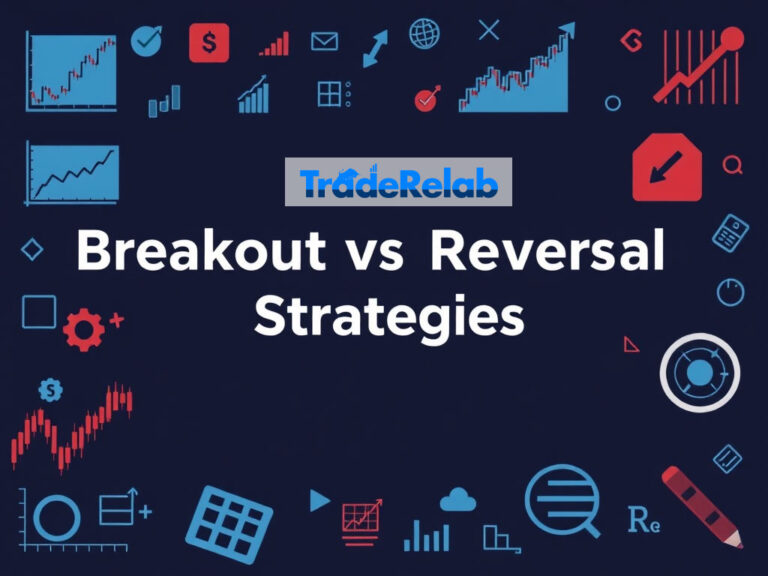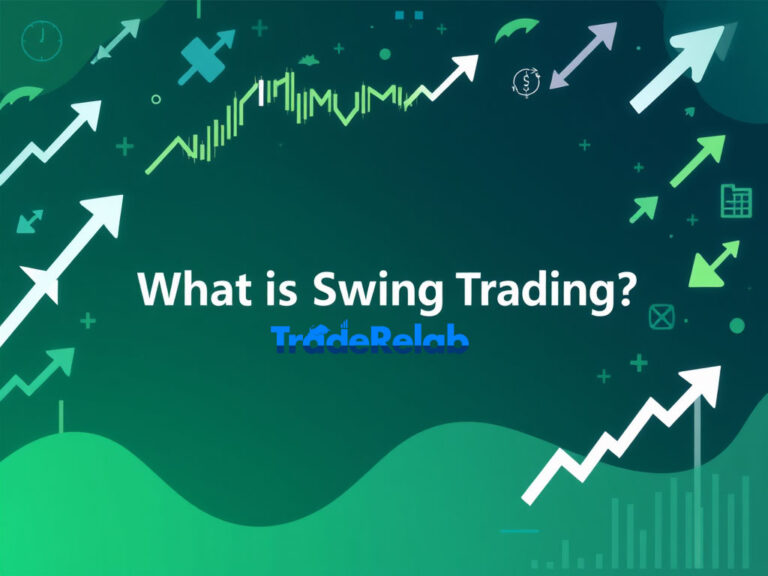Day Trading vs Long-Term Investing: Which is Right for You?

When it comes to growing wealth in the financial markets, two of the most common approaches are day trading and long-term investing. While both strategies aim to generate profits, they differ significantly in terms of time commitment, risk tolerance, and methods of analysis. Understanding the differences between day trading and long-term investing is crucial in deciding which strategy aligns best with your goals, lifestyle, and risk appetite.
In this article, we will explore both strategies, comparing their key features, advantages, disadvantages, and helping you determine which approach is best suited for your financial journey.

What is Day Trading?
Day trading is a short-term trading strategy that involves buying and selling financial instruments, such as stocks, forex, or options, within the same trading day. Day traders aim to capitalize on small price fluctuations and market volatility by making multiple trades throughout the day. The goal is to profit from the daily price movements in the market.
Day traders typically rely on technical analysis, using charts, indicators, and patterns to make quick decisions. They may hold positions for minutes, hours, or sometimes for only a few seconds. Since day trading involves a high level of activity, it requires constant monitoring of the markets and quick decision-making.
Key Characteristics of Day Trading:
- Short-Term Focus: Day traders enter and exit trades within the same day, often holding positions for only minutes or hours.
- Frequent Trades: Day traders make multiple trades in a day, sometimes dozens of trades, to take advantage of price swings.
- Technical Analysis: The majority of day traders rely on technical analysis and real-time data to make decisions.
- High Liquidity: Day traders often prefer assets with high liquidity to ensure they can execute trades quickly at the desired price.
- Leverage: Day traders often use leverage to amplify returns, though this also increases risk.
What is Long-Term Investing?
Long-term investing is a strategy that involves buying and holding financial assets, such as stocks, bonds, or real estate, for an extended period — typically years or decades. The goal of long-term investing is to build wealth over time through the growth of the value of the investment, as well as dividend income and interest payments. Long-term investors focus on the fundamentals of the assets they invest in, such as the company’s financial health, market position, and growth potential.
Unlike day trading, long-term investing is generally less active. Investors can ride out short-term market fluctuations, with the expectation that the value of their investments will appreciate over time. Long-term investing is often referred to as “buy and hold” investing, as investors typically do not make frequent trades.
Key Characteristics of Long-Term Investing:
- Long-Term Focus: Long-term investors buy assets with the intention of holding them for several years or even decades.
- Low Frequency of Trades: Long-term investors generally make fewer trades, often buying and holding assets for extended periods.
- Fundamental Analysis: Long-term investors focus on the fundamentals of the asset, including financial performance, economic outlook, and long-term growth prospects.
- Diversification: Long-term investors often build diversified portfolios to reduce risk and maximize potential returns over time.
- Lower Stress: Long-term investors typically experience less stress since they are less concerned with daily market fluctuations.
Day Trading vs. Long-Term Investing: Key Differences
While both day trading and long-term investing offer the potential for profit, the methods, risks, and outcomes are vastly different. Let’s compare these two strategies based on several key factors:
1. Time Commitment
- Day Trading: Day trading requires a significant time commitment. Traders need to monitor the market throughout the trading day, constantly adjusting their positions. Many day traders devote full-time hours to their trades, spending hours each day analyzing charts, making decisions, and executing trades.
- Long-Term Investing: Long-term investing is much less time-consuming. Investors may only need to review their portfolio a few times a year, making this approach ideal for those who prefer a more hands-off, long-term strategy.
2. Risk and Volatility
- Day Trading: Day trading involves high levels of risk, as traders attempt to profit from small price movements that can be influenced by news, economic events, or market sentiment. Leverage is often used, which amplifies both potential profits and losses. As a result, day trading can be highly volatile and risky, and it’s possible to incur significant losses in a short period.
- Long-Term Investing: Long-term investing is generally considered less risky than day trading, especially if a diversified portfolio is built. While short-term market fluctuations can impact the value of an investment, long-term investors typically ride out market downturns, expecting that their investments will appreciate over the long haul. The risk in long-term investing tends to be lower, especially if you focus on fundamentally strong assets.
3. Profit Potential
- Day Trading: Day traders can achieve quick profits by capitalizing on small price movements. With the use of leverage, day traders can amplify their returns. However, the profit potential is generally limited by the frequency of trades and the size of each move. Day trading can be highly profitable for experienced traders who can consistently predict short-term market movements, but it can also lead to rapid losses.
- Long-Term Investing: Long-term investing has the potential for significant growth over time, especially if the assets chosen have strong fundamentals and long-term growth potential. While the profit timeline is slower, long-term investors can see substantial returns as their investments appreciate over the years. The power of compound growth and reinvestment can lead to substantial wealth accumulation over time.
4. Emotional Stress
- Day Trading: Day trading can be mentally and emotionally taxing. Traders are constantly making decisions in real-time, often reacting to market news or price movements. This can lead to stress, especially when markets are volatile. The constant fluctuations can lead to fear and greed, which may cloud judgment and impact decision-making.
- Long-Term Investing: Long-term investing is generally less stressful. Investors do not need to make rapid decisions or monitor the markets constantly. The goal is to invest in high-quality assets and let them grow over time. Long-term investors can avoid reacting to short-term market volatility and remain focused on their long-term objectives.
5. Market Knowledge and Skills
- Day Trading: Day trading requires a high level of market knowledge and skill. Traders need to understand technical analysis, chart patterns, and indicators to make quick decisions. They must also be able to read market sentiment and news to anticipate price movements. Successful day traders often spend years honing their skills and learning to manage the risks involved.
- Long-Term Investing: Long-term investing requires less specialized knowledge compared to day trading. Investors need to understand the fundamentals of their investments, such as company performance, industry trends, and economic factors. Long-term investors focus on the overall health and growth potential of the asset rather than short-term price movements.
6. Costs and Fees
- Day Trading: Day traders typically incur higher transaction costs, as they make frequent trades. This includes commission fees, spreads, and taxes on short-term capital gains. Over time, these costs can add up and eat into profits.
- Long-Term Investing: Long-term investors generally incur lower transaction costs, as they make fewer trades. They are also less affected by taxes, since long-term capital gains are taxed at a lower rate than short-term gains.
Advantages and Disadvantages of Day Trading vs. Long-Term Investing
Day Trading:
Advantages:
- Potential for quick profits
- High degree of control over trades
- Ability to profit from both rising and falling markets
- Opportunities to use leverage to amplify returns
Disadvantages:
- High stress and emotional pressure
- Requires significant time commitment
- High transaction costs due to frequent trading
- Greater risk of substantial losses
Long-Term Investing:
Advantages:
- Less time-consuming and stressful
- Lower risk due to diversification and focus on fundamentals
- Potential for significant returns over time
- Lower transaction costs and favorable tax treatment on long-term gains
Disadvantages:
- Slower profit timeline
- Requires patience and discipline
- Potential for significant short-term volatility
- Requires understanding of the fundamentals of each asset
Which Strategy is Right for You?
Choosing between day trading and long-term investing depends on several factors, including your time availability, risk tolerance, financial goals, and personal preferences.
- Choose Day Trading If:
- You have the time and mental stamina to monitor the markets throughout the day.
- You are comfortable with higher risk and volatility.
- You enjoy making quick decisions and taking advantage of short-term price movements.
- You have experience with technical analysis and a strong understanding of market behavior.
- Choose Long-Term Investing If:
- You prefer a more hands-off approach to investing.
- You have a longer investment horizon and are willing to wait for long-term growth.
- You want to build a diversified portfolio with lower levels of risk.
- You prefer investing in assets with strong fundamentals and a track record of growth.
Conclusion
Both day trading and long-term investing can be profitable, but they require different approaches, skills, and time commitments. Day trading is ideal for those who enjoy quick decision-making and are willing to take on higher risk for the potential of rapid profits. On the other hand, long-term investing is better suited for individuals looking to build wealth gradually with less risk and time commitment.
Ultimately, the right strategy for you will depend on your financial goals, lifestyle, risk tolerance, and the amount of time you can dedicate to your investments. Whether you choose day trading or long-term investing, it’s essential to stay disciplined, manage your risks, and continually educate yourself to maximize your chances of success.
FAQ
1. Is day trading suitable for beginners? Day trading is generally not recommended for beginners due to the high level of risk, complexity, and emotional stress involved. It’s essential to have a solid understanding of technical analysis and market behavior before attempting day trading.
2. How much money do I need to start day trading? The amount needed to start day trading depends on the market and platform you choose. Many brokers allow day trading with a minimum deposit of $500 to $2,000, though more capital may be necessary to manage risks effectively.
3. Can long-term investing be profitable? Yes, long-term investing can be very profitable, especially if you invest in strong, growing assets and allow your investments to appreciate over time. Patience and discipline are key to long-term investing success.
4. Can I use both strategies at the same time? Yes, many traders and investors use a combination of both strategies. For example, you may use day trading for short-term profits while also holding long-term investments for long-term growth. However, it’s important to manage your risk carefully and stay organized.
5. What are some popular assets for day trading? Popular assets for day trading include stocks, forex pairs, options, and cryptocurrencies. These markets offer high liquidity and frequent price movements, which are ideal for day trading strategies.






